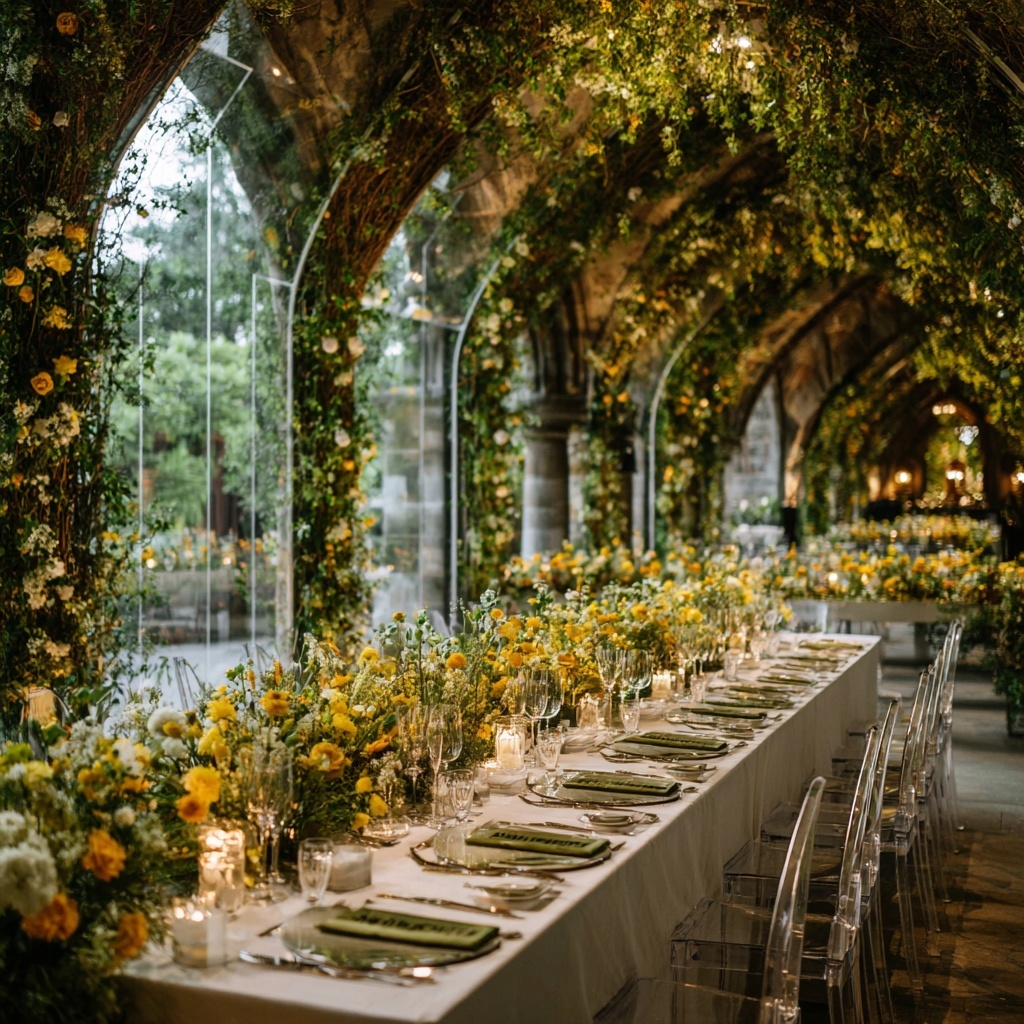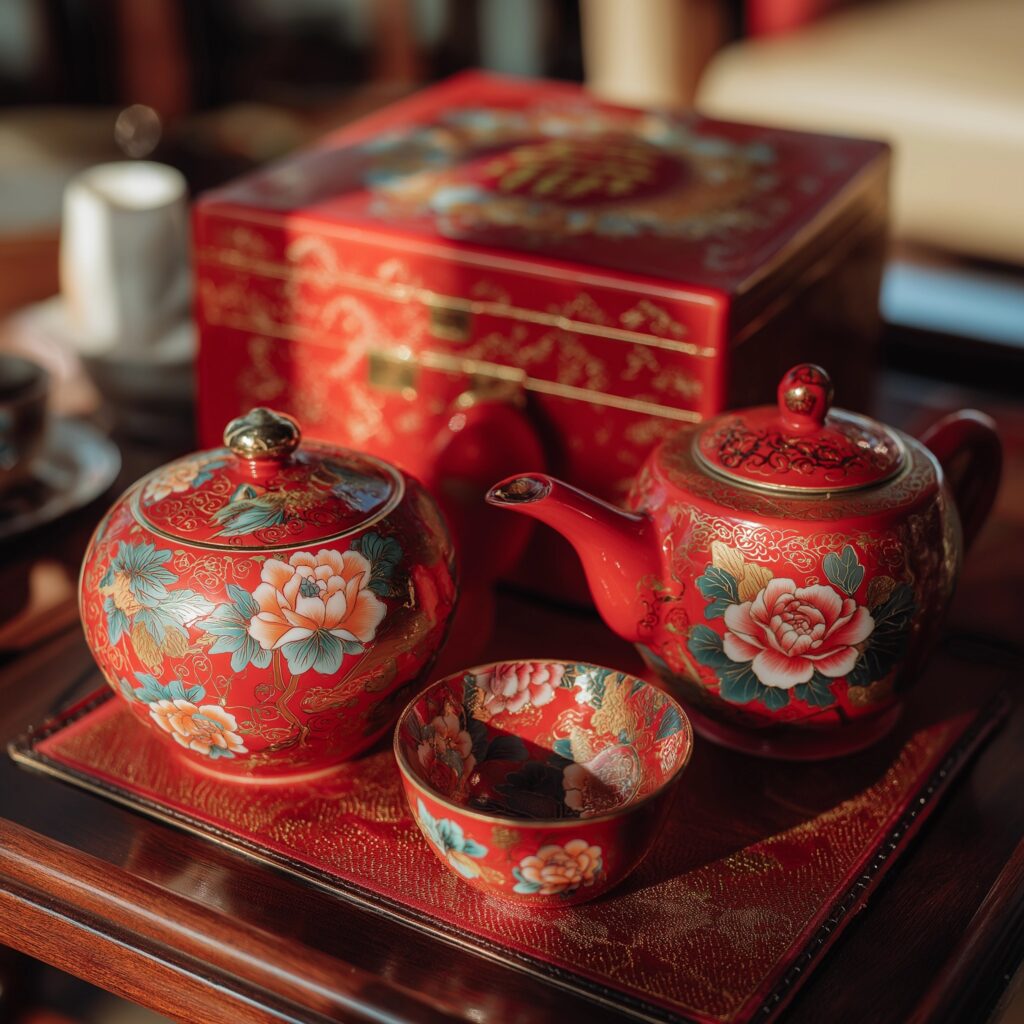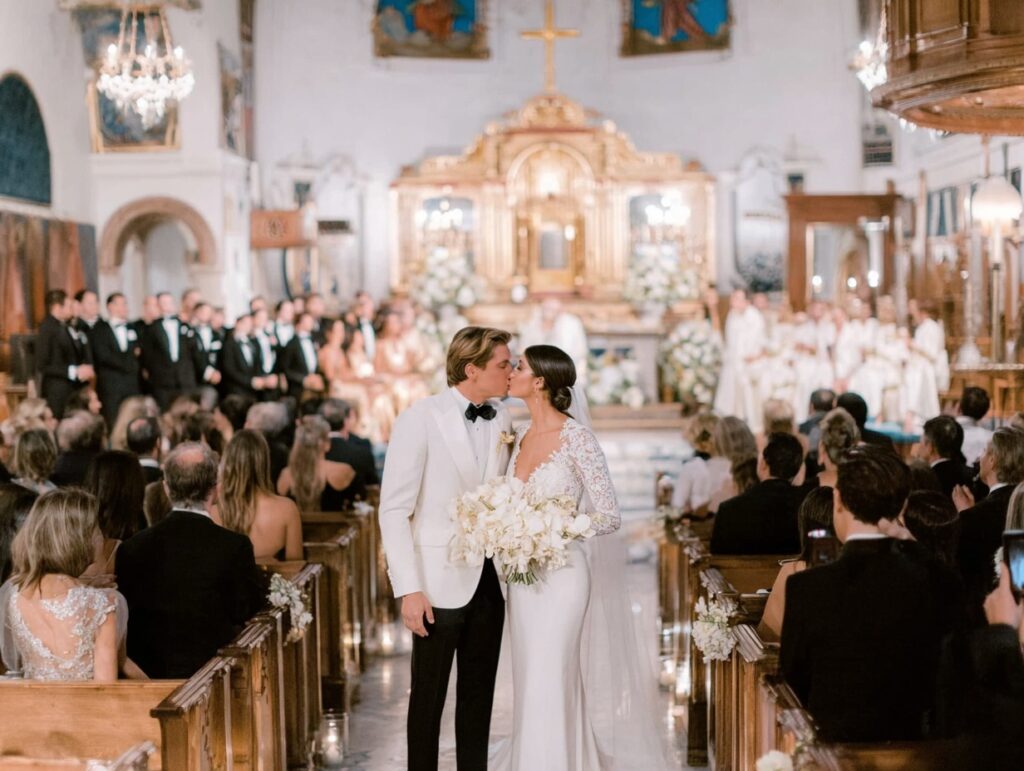8 Beautiful Wedding Customs from Every Corner of the World

In Collaboration with Oscar Collins
Weddings are a universal celebration of love, but they look very different depending on where you are or where you come from. While some envision a white dress and a lively party, many countries boast unique and vibrant wedding customs.
Discover eight fascinating examples from around the world.
1. China — Tea Ceremony
The Chinese tea ceremony is a ritual in which the bride and groom serve tea to their parents, grandparents, aunts, uncles and other senior relatives. It’s a key part of the wedding, symbolizing the bride’s acceptance into the groom’s family and showing respect for elders. The couple approaches the seated older adults and offers the tea while bowing or kneeling to show respect.
After sipping the tea, the elders offer words of wisdom and a hongbao, which is a red envelope filled with money or valuable jewelry. The groom’s younger siblings also provide tea to the couple during the ceremony, solidifying the union of the two families.

2. Sweden — Kissing Game Wedding Custom
This playful tradition adds an interactive element to Swedish weddings. If the groom stands and leaves the table for whatever reason, all male guests are encouraged to kiss the bride on the cheek. The same happens when the bride steps away — female guests can line up and peck the groom’s cheek.
This lighthearted custom is a great way to make everyone feel comfortable. It’s a fun way to fill the room with laughter, making the wedding memorable for all.
3. India — Joota Chupai
Joota Chupai — also known as the shoe-hiding ceremony — is a playful tradition during Indian weddings. As the groom removes his shoes before stepping into the wedding altar, the bride’s female relatives steal and hide them.
After the ceremony, the groom must search for and convince the bride’s relatives to return his shoes. This often involves hilarious negotiation, banter and a handsome fee. It’s a lighthearted custom that adds excitement to Indian weddings, which typically last about three days.
4. France — Two Ceremonies
In France, couples celebrate with two ceremonies — a civil one and a symbolic or religious service. The civil ceremony makes the marriage official and happens the day before an intimate celebration with close family and witnesses.
After the civil ceremony, French couples can host a religious or secular ceremony. In this ritual, they exchange personal vows and rings and add elements like the bridal walk and entourage. The newlyweds then celebrate their union in a reception area with a bigger guest list.

5. Japan — Kagamibiraki Wedding Custom
Sake plays a big role in Japanese weddings, and one prominent tradition is kagamibiraki. This ceremony — meaning “opening the sacred cask” — is performed at the start of the reception. The lid of a traditional sake cask is broken open with a wooden hammer or mallet, symbolizing good luck for the newlyweds.
Once open, the sake is distributed among the wedding guests. The kagamibiraki ritual is also performed during housewarming, sporting events and other festive occasions.
6. South Korea — Paebek Ceremony
The paebek ceremony — a South Korean tradition dating back to the 1300s — formally welcomes the bride into her husband’s family. Traditionally, the bride wears a red paebek robe over a hanbok — a traditional Korean skirt and top — while the groom wears a blue paebek robe.
The ceremony happens at a low table filled with food. The couple enters, bows and pours tea for their parents. Then, the parents throw chestnuts and dates, which the newlyweds attempt to catch. At the end, the groom gives his partner a piggyback ride around the table. However, this element is now deemed unnecessary in modern-day ceremonies.
7. Romania — Bride-Napping
Bride-napping is a staged wedding tradition where friends and family members playfully abduct the bride, taking her away from the groom and holding her hostage at a specific location. It happens during the reception, often when the party is in full swing and the groom is busy.
The groom will then notice his partner’s absence and pay a “ransom” to get her back in the form of money, gifts or a silly performance to entertain the guests.
8. Ireland — Handfasting
Do you know where the idiom “tying the knot” comes from? It originated in the ancient Celtic handfasting tradition, where the couple’s hands are tied together with a cloth or ribbon. This act symbolizes the binding of their lives and commitment to each other.
Today, this tradition is now a central part of modern weddings, either as a stand-alone event or as part of the ceremony itself. The couple may also choose to exchange their vows during this special ritual.

Appreciate These Beautiful Wedding Rituals
May these rituals remind you of the many ways people celebrate love. Remember to embrace your and your partner’s cultural traditions as you plan your special day.


